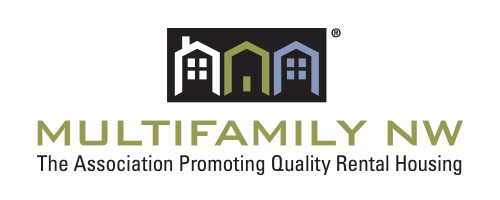HUD Doubles Down on Eliminating Lead Hazards
Date postedJune 16, 2016
NMHC - National Multifamily Housing Council - http://nmhc.org/News/HUD-Doubles-Down-on-Eliminating-Lead-Hazards/
On June 13, HUD Secretary Julian Castro announced a series of initiatives intended to strengthen the department’s commitment to providing lead-safe housing – doubling down on eliminating lead hazards. Specifically, Castro awarded $46.5 million in grants to 15 communities for the purposes of eliminating lead and other safety hazards in 3,100 low-income homes. He also outlined a comprehensive plan to reduce lead exposure that consists of four key elements.
Specifically, HUD’s plan for reducing lead exposure focuses on:
HUD said it has plans to develop a “consistent standard for and response to water quality issues in HUD-assisted housing.” In addition, the EPA is expected to re-visit the requirements of the Safe Drinking Water Act, which specifies what is to be considered safe levels for various contaminants found in water, including lead, copper and disinfectant byproducts.
And finally, HUD will revise the blood lead levels that trigger certain interventions under the Lead Safe Housing rule to mirror the advice of the Centers for Disease Control and Prevention (CDC). The CDC has identified health effects with low lead exposures below 5 ug/dl and stated that there is no safe level of lead in blood. HUD currently has referenced 10 ug/dl as the blood lead level that would trigger housing risk assessments.
NMHC/NAA will continue to provide our members with the latest information on these initiatives, as well as legislation and federal regulations that address the presence of lead-based paint.
Specifically, HUD’s plan for reducing lead exposure focuses on:
- Improving the process to identify and control lead hazards;
- Collaborating across agencies and with private entities to better serve HUD residents;
- Increasing resources for families to identify and respond to lead poisoning; and
- Developing a research agenda to identify best practices and determine where best to target resources.
HUD said it has plans to develop a “consistent standard for and response to water quality issues in HUD-assisted housing.” In addition, the EPA is expected to re-visit the requirements of the Safe Drinking Water Act, which specifies what is to be considered safe levels for various contaminants found in water, including lead, copper and disinfectant byproducts.
And finally, HUD will revise the blood lead levels that trigger certain interventions under the Lead Safe Housing rule to mirror the advice of the Centers for Disease Control and Prevention (CDC). The CDC has identified health effects with low lead exposures below 5 ug/dl and stated that there is no safe level of lead in blood. HUD currently has referenced 10 ug/dl as the blood lead level that would trigger housing risk assessments.
NMHC/NAA will continue to provide our members with the latest information on these initiatives, as well as legislation and federal regulations that address the presence of lead-based paint.
